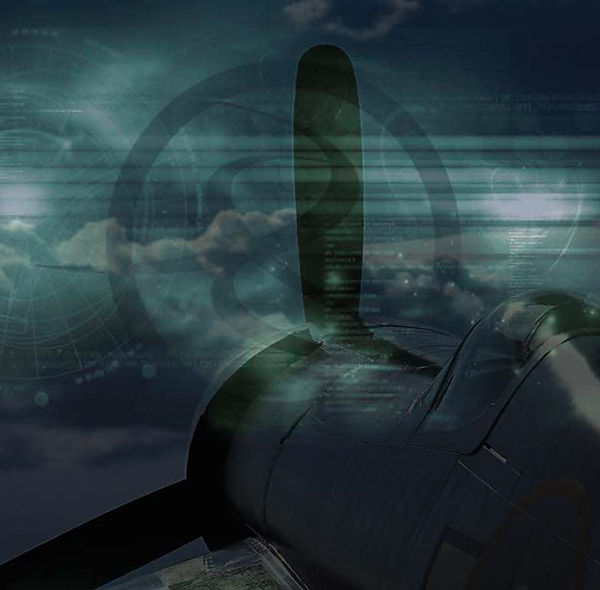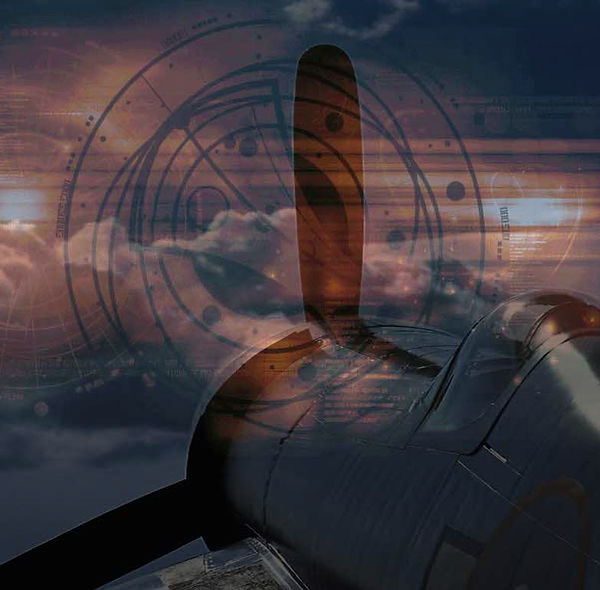
Hold your pointer on a tab in the menu on top of the page to view and handle the sub menus.



F4U Corsair in AMERICAN SERVICE (*)
U.S. Navy use of the Corsair was initially restricted by their unwillingness to fly the aircraft off carriers. Nevertheless, the first Corsair squadron in U.S. Service was VF-12, which became active with the new type in December 1942 in California (although a lack of spare parts forced them to move on to the F6F-3 in July 1943. VF-17 in Virginia became the third Corsair squadron in early 1943, and would use the aircraft in combat in the South Pacific, beginning in November 1943 in the Solomon Islands.
The Marine Corp received its first Corsairs in December 1942 when VMF-124 became the first squadron to convert to the new type. This squadron took the Corsair into combat on Guadalcanal on 14 February 1943, towards the very end of the battle. By August 1943 the Corsair had almost completely replaced the F4F Wildcat in Marine service, and equipped twenty six navy and marine squadrons.
The Corsair had a shaky start to its combat career.
On 14 February 1943, on their second mission, Corsairs from VMF-124 escorting Liberators in the Solomon Islands were jumped by 50 Zeros. Two Corsairs were amongst 10 American aircraft lost in the battle. However, the Corsair very quickly proved itself to be superior to the main Japanese fighters, especially the light Zero. VMF-124’s eventual record in combat was sixty eight kills for only four losses in air to air combat! Some of the later Japanese fighters, such as the Kawanishi N1K2-J Shiden (or “George”), could equal the Corsair one-on-one, but by 1944 the Japanese were increasingly outnumbered , only 1,500 N1K2s were produced, while some 10,000 Corsairs were used by the Marine Corp and Navy.
Although not yet in full carrier use, the Corsair was sometimes launched from carriers, returning to their land base after the attack, thus extending their effective range.
During 1944 the problems with carrier landings were slowly ironed out, and the Corsair approved for use from carriers. In December 1944 the Marines moved two squadrons (VMF-124 and VMF-213) onto the U.S.S. Essex. On 3 January 1945 those units took part in the first U.S. carrier operation using Corsairs, an attack on Okinawa (nine months after the British attack on the Tirpitz).
From small beginnings towards the end of the battle of Guadalcanal in February 1943, the Corsair went on to fight in just about every major action in the central Pacific. From bases in the Solomon Islands it took part in the fighting on Bougainville, and the neutralisation of Raboul. The next year Corsairs were present in the battles in the Marshall Islands, where some units remained to keep the bypassed island fortresses neutralised. They took part in the battle for Guam and the Marianas Islands. At least one Corsair squadron (VMF-313) was based at Leyte in the Philippines by December 1944.
Finally, in 1945 the Corsair played a major role in the attacks on Iwo Jima and Okinawa, acting as much as a ground attack aircraft as a fighter.
The Corsair was credited with a victory to lose ration of 11/1 in the Pacific, 2140 Japanese aircraft shot down at the cost of only 189 losses in combat (although another 1,435 Corsairs were lost to anti-aircraft fire or accidents). The majority of Japanese fighter aircraft simply couldn’t do enough damage to shoot down a Corsair quickly enough. The Corsair, in partnership with the Grumman F6F Hellcat (credited with nearly 5,000 kills), virtually swept the Japanese from the air.
(*) : Index - References - Notes - Citations